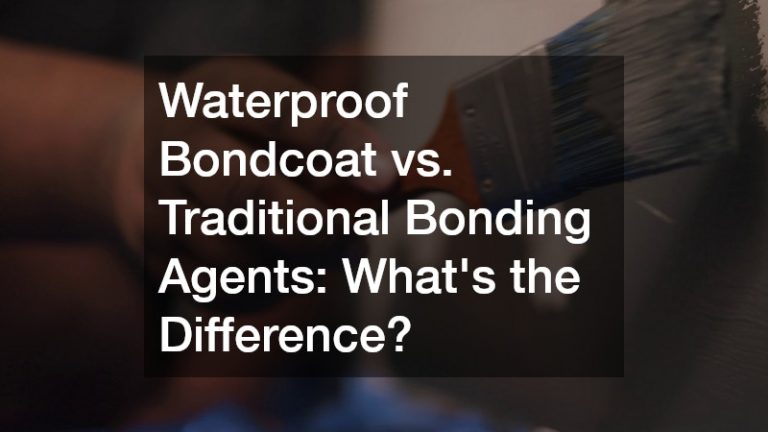

Water contamination and the illnesses which result from it are nothing new. Even before fracking sites were located within a mile of 3900 water systems that provide drinking water to the public, water has been contaminated by chemicals caused by buildup in pipes, bacteria, fertilizer runoff, and agricultural pollution. Therefore, it comes as no surprise that water filtration has just as long a history as water contamination.
Early Water Filtration
The act of purifying water existed long before the Ancient Egyptians, but it wasn?t very sophisticated. Most filtration methods, because of a lack of knowledge of microorganisms, consisted of filtering water through sand and gravel much in the likeness of a modern Everpure water filter.
The Ancient Egyptians introduced the act of the coagulation water treatment, which utilized the chemical alum to neutralize the negative charges of harmful particles in water. Once neutralized, the particles would group together and become larger particles, which would then be easier to remove from the water, allowing it to be drinkable.
Water filtration as a process continued to be relatively the same through the Middle Ages in Europe up until 1804 when the first widespread use of water filtration was created in Scotland by a man named Robert Thom who utilized a process known as slow sand filtration. Although the filtering wasn?t very effective, it was effective enough that when Scotland suffered from a cholera epidemic villages and towns who received Thom?s water filtration had a lower rate of cases.
A British scientist named John Snow introduced the concept of water disinfection by applying the chemical chlorine to water as a means of purifying it. Chlorine continued to be used a water purifier in whole home water purification systems up until the early 1900s and in 1906 ozone and UV rays were introduced as a water disinfectant in France.
The UV Water Filtration System
UV rays were first used on a mass scale in 1910 in Marseilles, France when the first water filtration and disinfection system was opened. However, it wasn?t until the 1960s after large amounts of research had been done by scientists on UV water disinfection that the use of a UV water filtration system became usable in American households.
A UV water filtration system removes bacteria from water by using ultraviolet rays to attack pathogens and the DNA of microorganisms, effectively killing any disease or microorganism before they can become harmful. Unlike a water distiller, which removes both harmful and good bacteria from water and therefore leaving the water with no nutritional value, a UV filtration system simply removed the harmful bacteria, pathogens, and microorganisms from your water, effectively keeping you safe from common illnesses caused by contamination such as cholera, typhoid, lead poisoning, and typhoid fever. Helpful info also found here.






